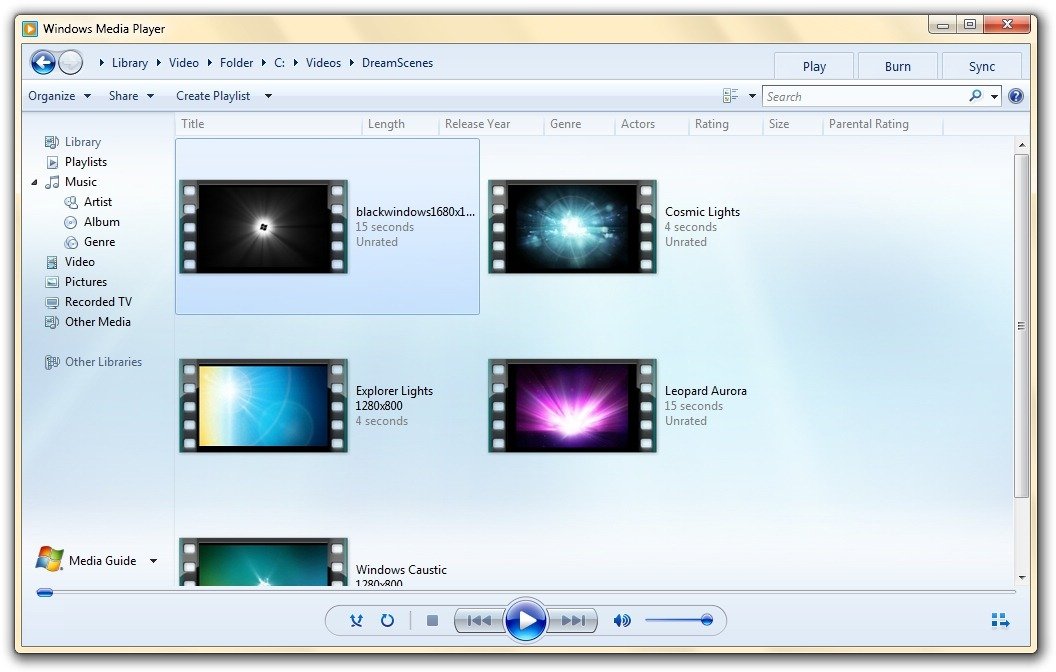

If you look carefully, you may see the relevant key displayed onscreen as the computer turns on. The right key to enter Setup varies from PC to PC, but is usually Delete, F2 or F10, and you'll need to press it almost immediately after you turn your PC on or restart it. If you don't have a boot override menu, you'll need to go into the BIOS or UEFI Setup program, which is where you change some of your computer's more low-level settings. If this is the case, press the key as soon as the message is displayed, then select your DVD drive or USB stick to boot. You may find that your PC has a special boot override menu, which you can access with a key such as F10 look out for the message while your computer starts. Insert your DVD or USB installation disk and restart your PC. You first need to make sure your computer is set to boot from your DVD drive or from USB. Save your settings, reboot your computer and you should now be able to install Windows 10. Finally, make sure that you’ve turned on the virtualisation option. Make sure that the Execute-Disable Bit is turned on, which may also be called XD or NX. Look for a section on your processor, such as CPU Configuration, which is likely to be in the Advanced section of the BIOS. Every BIOS is different, so the exact instructions will differ from computer to computer. To re-enable this feature you need to restart your computer and go into the BIOS (Delete, F2 and F10 are common keys to enter it, but check your computer’s manual for full instructions).


Practically any processor capable of running Windows 7 or Windows 8 has this hardware feature, so that problem is likely to be that it’s been disabled in your computer’s BIOS. This feature is designed to stop malicious code from running on your computer, by marking some bits of system memory as non-executable it means that if a virus infects this part of RAM, your processor will refuse to run it. If you get the ‘Processor not supported’ message, it’s because your CPU needs to support Execute Disable Bit. You should now be able to install Windows 10. Follow the wizard through as before and re-create the installation media.

Right-click it and select Run as Administrator. To change that, download the Windows 10 Media Creation Tool and locate it on your hard disk. The second option is that you’re trying to install Windows from a USB flash drive or DVD, but you created the installation media without the proper permissions.


 0 kommentar(er)
0 kommentar(er)
